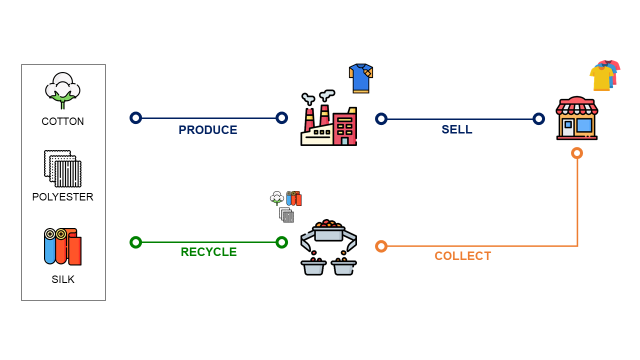
Actionable data science tips to overcome the operational challenges in transitioning to a circular economy
A circular economy is an economic system where waste is minimized and resources are continuously reused or recycled.
Imagine a world where your waste doesn’t end up in landfills but rather becomes the raw material for new products.
The transition from our current linear economy to a more sustainable circular one is a major topic for many companies.
What is holding us back?
As the current linear economic model reaches its limits, discussions around new circular business models become more and more prominent.
These discussions mainly focus on
- The operational and business obstacles blocking the transition
- Alternative strategies to increase the use of recycled materials
- Rental models to reduce the environmental footprint
As the analytics manager of a retail company, how can I support this transition?
Analytics experts can leverage the data generated by systems to overcome these barriers by identifying opportunities to create a sustainable and profitable circular supply chain.
In this article, we will step into the shoes of an analytics manager who has been asked to support the operational transformation of a fashion retail company.
💌 New articles straight in your inbox for free: Newsletter
📘 Your complete guide for Supply Chain Analytics: Analytics Cheat Sheet
Summary
I. Transition to a Circular Economy
1. What is the environmental impact of a T-shirt?
2. Data-driven Process Design
II. Overcoming the…

Be the first to comment